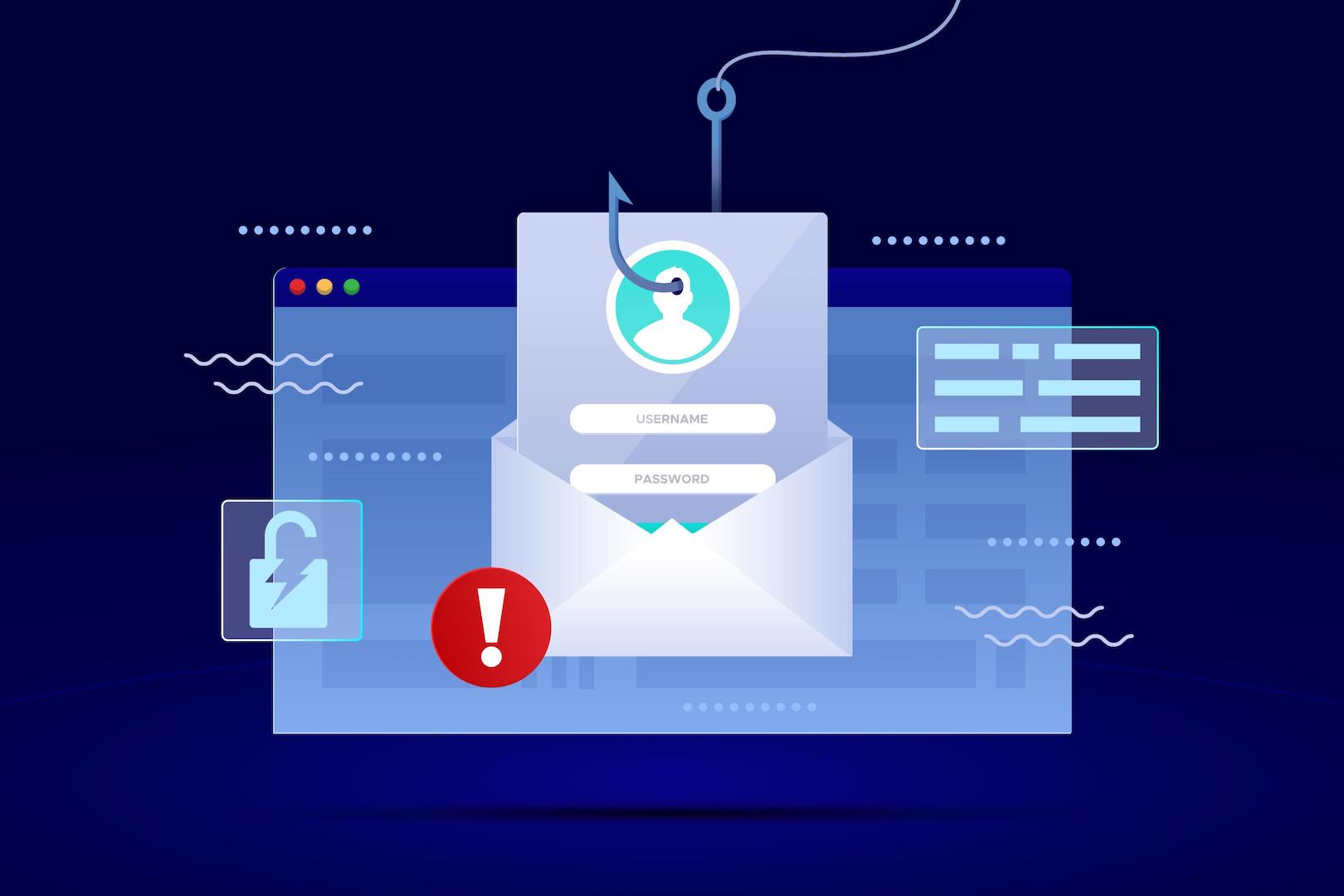Starting with the essentials of web application security is vital, given how easily mistakes can result in severe breaches. Every developer should prioritize web application security. How do you initiate the process? Ensuring the safety of your applications requires what approaches?
Fear not! In this guide, you can learn all about web application security, starting with frontend up until its backend aspects. All are presented in an informative yet amusing manner. From frontend to backend, this definitive guide will explain all aspects of web application security in an informative and enjoyable way.
Frontend Security: Don’t Leave the Door Wide Open
You wouldn’t leave your front door unlocked, would you? The same principle applies to frontend security. In this section, we’ll explore key frontend security concepts, such as:
- Cross-Site Scripting (XSS): Installing malicious scripts into websites constitutes what we call cross-site scripting (XSS), allowing an attacker control over what runs within elicits browsers. Don’t let this happen to you. Sanitize and validate user inputs and employ Content Security Policy headers.
- Cross-Site Request Forgery (CSRF): CSRF involves attackers sending malicious HTTP(s) requests that appear to originate from trusted sources like browsers. It’s definitely not a desirable outcome, is it? Use unique tokens, SameSite cookies, and verify the origin of requests to keep CSRF at bay.
- Clickjacking: Beware hidden elements on your website that maliciously trick users into taking unwanted actions. Protect yourself and your customers by using X-Frame-Options and Content Security Policy headers – two effective preventative measures against the risks of clickjacking.
Backend Security: Building a Fortified Castle
Backend security is like the fortified castle that protects your application’s inner sanctum. Here are some crucial components:
- Authentication and Authorization: To prevent imposter attacks, ensure that stringent password regulations are in place. Multi-factor verification should also be incorporated alongside appropriate governance based on roles via an authentication setup.
- Injection Attacks: SQL injections and other code injections can compromise your entire system. So, validate and sanitize inputs, parameterize queries, and use prepared statements.
- Sensitive Data Exposure: Encrypt sensitive data in transit and at rest. Don’t store passwords as plain text; use hashing and salting. And, for heaven’s sake, don’t log sensitive data!
- Security Misconfiguration: Ensure you avoid security misconfigurations by verifying that all aspects of your software interface are updated. Confirming that no default user credentials are present, plus minimizing potential threats through feature removal, are other ways to counter this threat.
Embracing DevSecOps: The Secret Sauce to Success
You might be wondering, “What is DevSecOps?” Put simply, it is the practice of integrating security throughout the SDLC. Think of DevSecOps as embedding a security mindset into the DNA of your development process.
Here’s how you can adopt DevSecOps:
- Automate Security Testing: Keep your applications secure with automated testing! Security tools like static and dynamic code analysis, dependency scanning, and container security scanning can be used to detect vulnerabilities before they become a problem.
- Continuous Monitoring: Keep a sharp eye on both applications & their associated architecture using dedicated monitoring & notification capabilities. Rapidly spot deviations while spotting tendencies before taking prompt corrective action if necessary.
- Collaboration: Collaboration is the key to fortifying security. Everyone contributes their unique expertise, creating an environment of shared responsibility and mutual support that works together for a strong defense!
- Education: Acquiring knowledge of the latest security threats, trends, and best practices through education is essential. In the realm of education, keeping up with current topics, such as new security vulnerabilities or noteworthy trends, can be pivotal since knowledge equates to control.

Wrapping Up: Secure Web Development is a Journey, Not a Destination
Web application security is a constantly shifting landscape with hidden threats everywhere. But don’t worry – this guide provides the tools you need to traverse these treacherous pathways safely!
Just remember, bolstering your web app’s security isn’t an event – it’s an ongoing process that requires continual vigilance and commitment to DevSecOps best practices. Stay up to date on emerging trends to maximize protection for yourself and those who depend upon you!
Some Final Tips for Your Web Application Security Arsenal
Here are some additional nuggets of wisdom to help you on your journey to secure web development:
- Don’t Reinvent the Wheel: Use well-established, trusted libraries and frameworks for security features. There’s no need to create your encryption algorithm or authentication system from scratch.
- Logging and Auditing: Maintain comprehensive logs of user activities, system events, and errors. Regularly audit these logs for suspicious activities and investigate promptly.
- Incident Response Plan: Develop a well-defined incident response plan outlining the steps to take in a security breach. This will help you act swiftly and minimize the damage.
- Keep Backups: Regularly back up your data and test your backups to ensure they can be restored in case of a disaster. Better safe than sorry!
- Stay Humble: Never assume that your application is completely secure. Always be on the lookout for potential vulnerabilities and stay open to learning from your mistakes.
As you work towards developing secure and resilient web applications, don’t forget that your journey to success requires dedication. Following these tips will get the ball rolling on creating functional apps with a pleasing aesthetic, but refining security practices needs to be an ongoing effort! So take pride in knowing how far you can go. Happy coding and stay secure!













